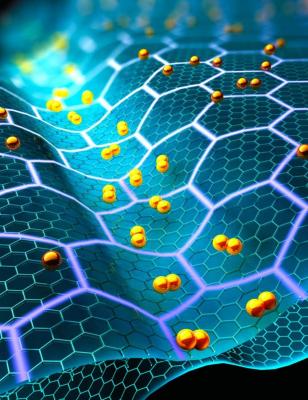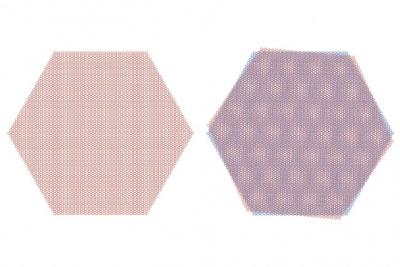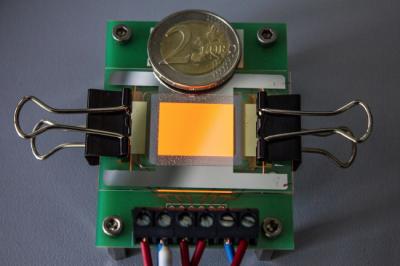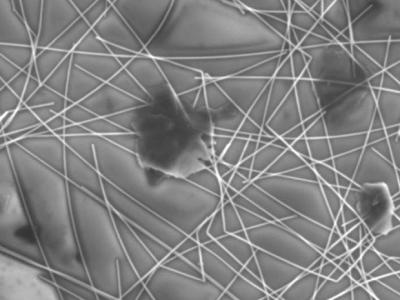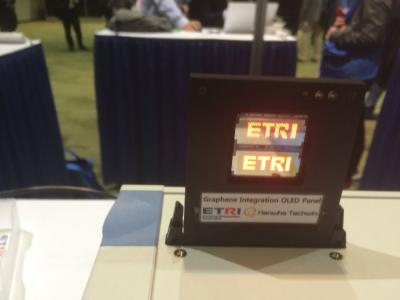Unique device that combines graphene and boron nitride can switch from superconducting to insulating
Researchers at the U.S. Department of Energy's Lawrence Berkeley National Laboratory (Berkeley Lab) have designed a graphene device that switches from a superconducting material to an insulator and back again to a superconductor â all with a flip of a switch. The team shared that the device exhibits this unique versatility while being thinner than a human hair.
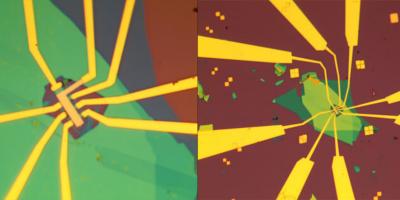 Views of the trilayer graphene/boron nitride heterostructure device as seen through an optical microscope. The gold, nanofabricated electric contacts are shown in yellow; the silicon dioxide/silicon substrate is shown in brown and the boron nitride flakes
Views of the trilayer graphene/boron nitride heterostructure device as seen through an optical microscope. The gold, nanofabricated electric contacts are shown in yellow; the silicon dioxide/silicon substrate is shown in brown and the boron nitride flakes
"Usually, when someone wants to study how electrons interact with each other in a superconducting quantum phase versus an insulating phase, they would need to look at different materials. With our system, you can study both the superconductivity phase and the insulating phase in one place," said Guorui Chen, the study's lead author and a postdoctoral researcher in the lab of Feng Wang, who led the study. Wang, a faculty scientist in Berkeley Lab's Materials Sciences Division, is also a UC Berkeley physics professor.
